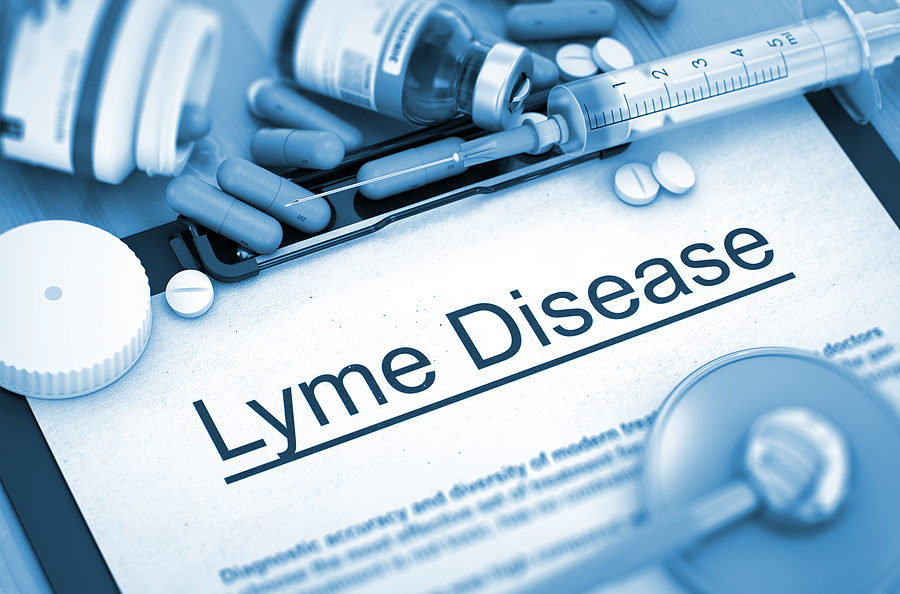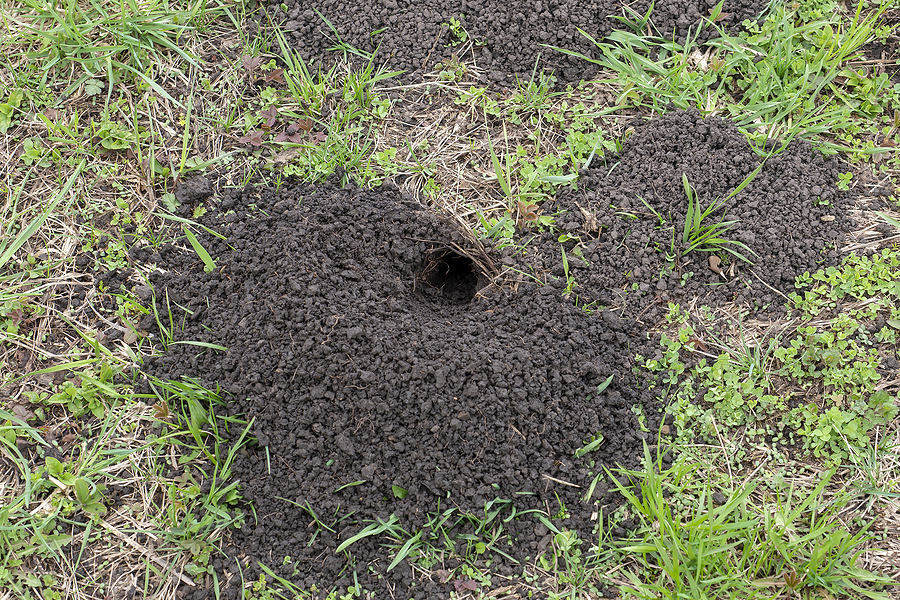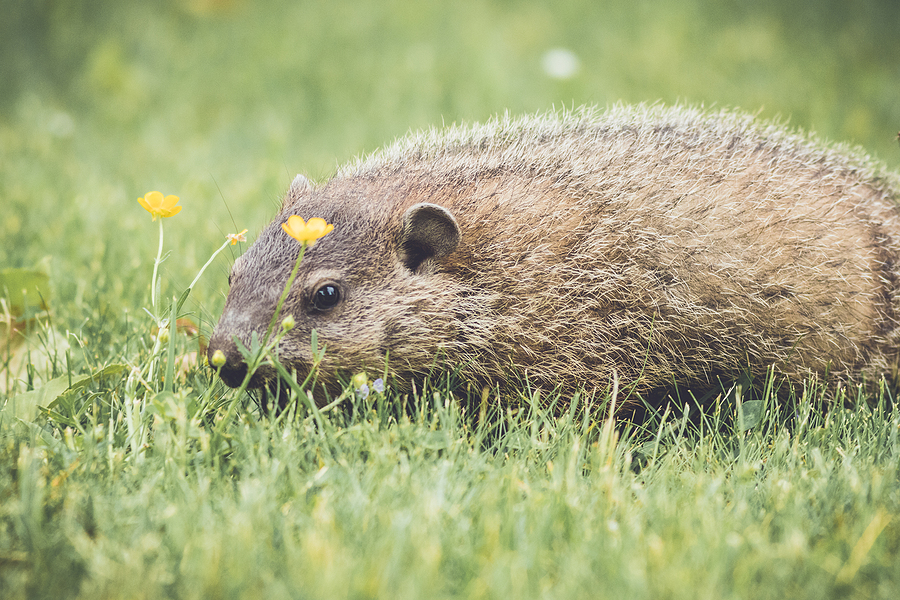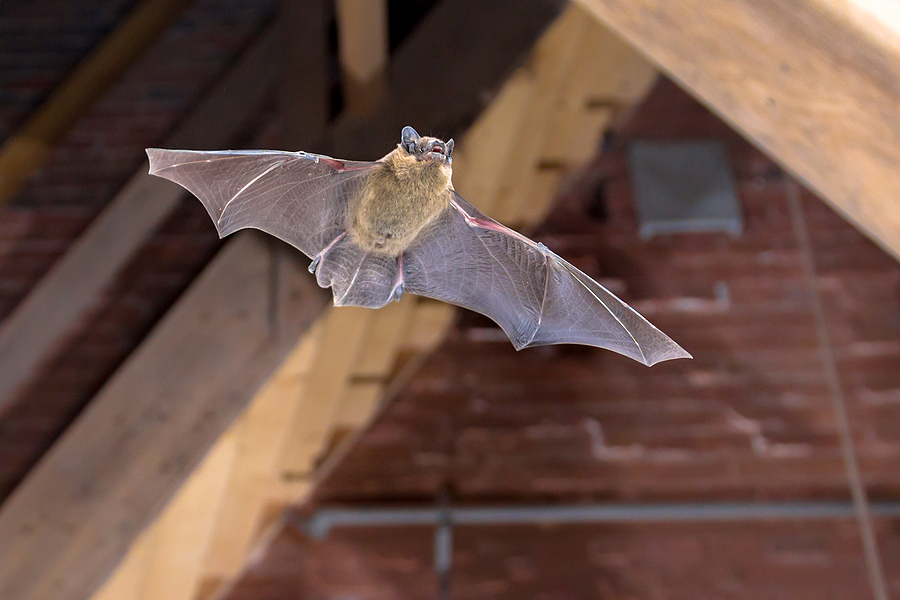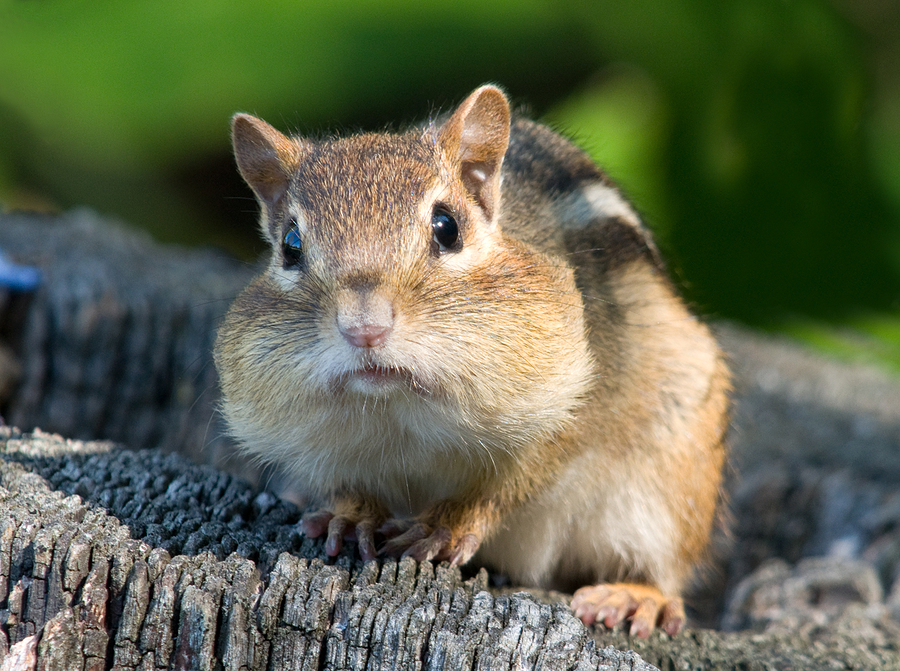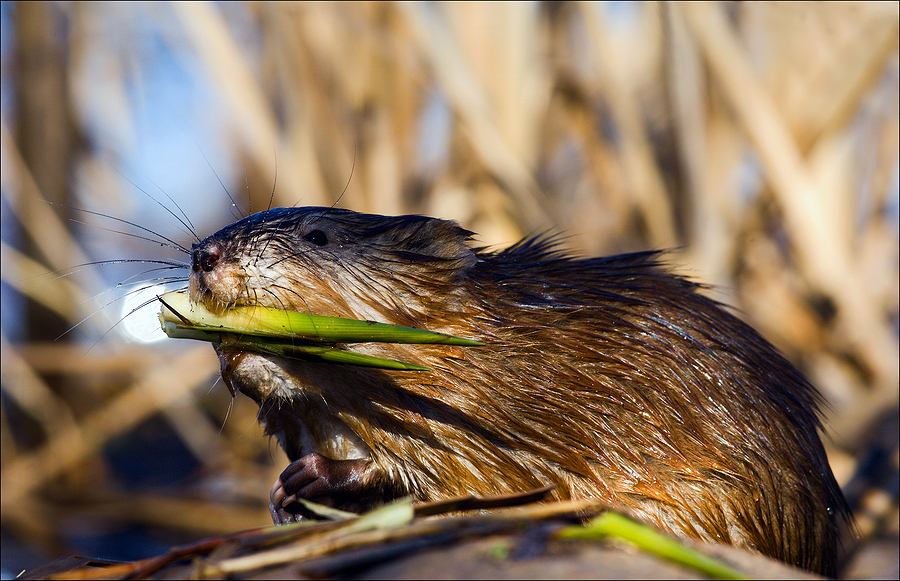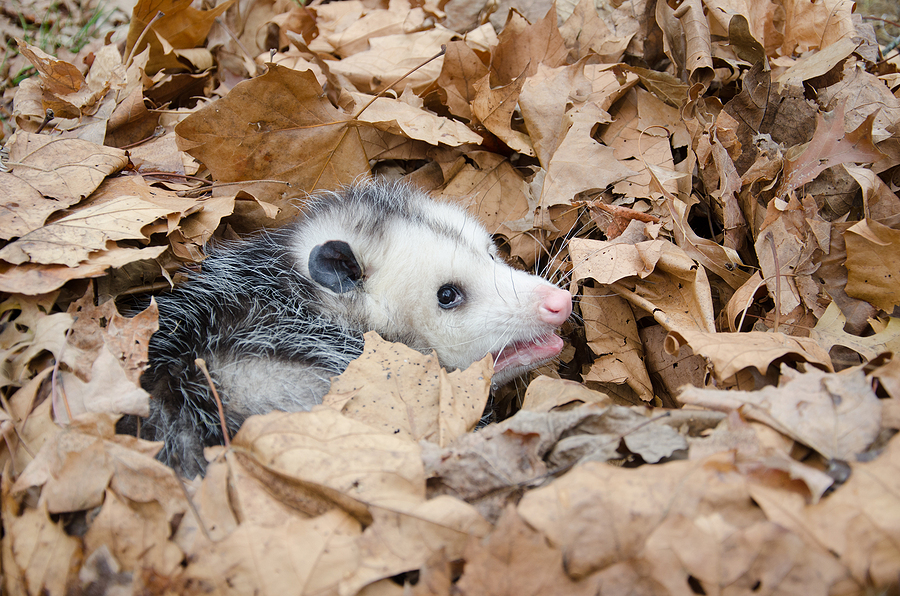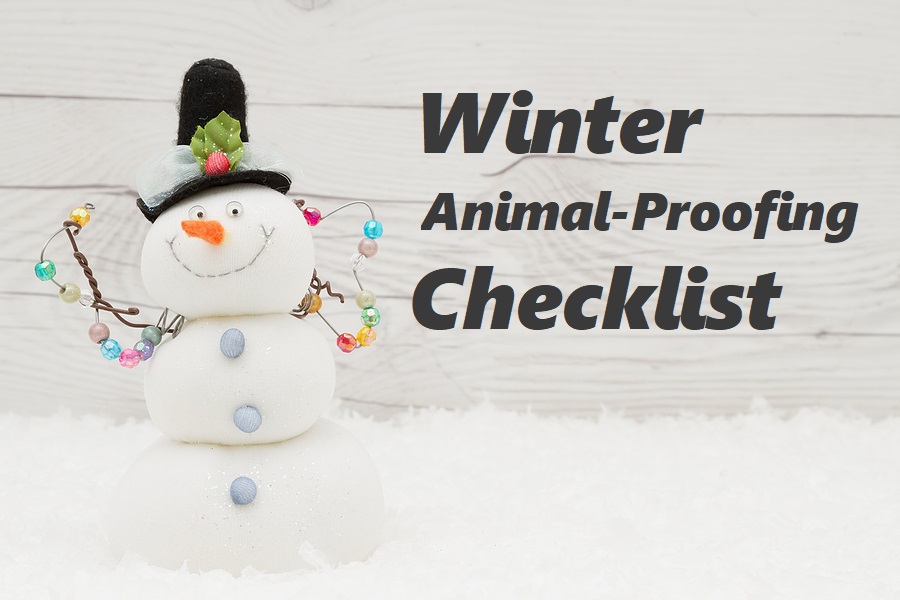Rabies—a word that can send shivers down the spine of any parent, pet owner, or wildlife enthusiast. In Indiana, where diverse wildlife thrives, understanding rabies and its implications is crucial for everyone. This blog post aims to shed light on the link between rabies and Indiana wildlife, providing you with valuable insights to keep your loved ones safe.

Understanding Rabies and Its Transmission
Rabies is a viral disease that affects the nervous system of mammals, including humans. It is primarily transmitted through the bite of an infected animal, as the virus is present in their saliva. Once symptoms appear, rabies is almost always fatal, making it a serious public health concern.
The virus can remain dormant for weeks to months before symptoms manifest, making early detection challenging. This underscores the importance of vaccination for pets and awareness among people. Rabies vaccination is not just a recommendation; it is a lifesaving measure for your pets, forming a barrier between them and potential wildlife carriers of the virus.
Symptoms of Rabies
The symptoms of rabies can be varied but often include fever, headache, excess salivation, muscle spasms, paralysis, and mental confusion. For pets, symptoms may include changes in behavior, excessive drooling, trouble swallowing, and aggression.
Importance of Vaccination
Vaccination is the most effective way to prevent rabies in pets. Regular rabies shots are essential for all pets, particularly dogs and cats, which are more likely to interact with wildlife. Ensuring your pets are up-to-date with their vaccinations protects not only them but also your family and community.
Common Vectors of Rabies in Indiana
Indiana’s rich wildlife includes several species known to carry rabies, posing a risk to both domestic animals and humans. Understanding these vectors can help you take preventive measures.
Raccoons
Raccoons are one of the most common carriers of rabies in Indiana. These nocturnal creatures are often found in urban areas, scavenging for food. Their proximity to human habitats increases the risk of rabies transmission.
Bats
Bats are another significant vector of rabies. While not all bats carry the virus, their small size allows them to enter homes easily, making them a potential threat. It’s crucial to seal any cracks or openings in your home to prevent bats from entering.
Skunks
Skunks are another wild animal commonly associated with rabies. Like raccoons, they are opportunistic feeders and have adapted to human environments, increasing the risk of potential exposure.
Foxes
Foxes, although less common in urban areas, are still a notable carrier of rabies in Indiana. They are more likely to be encountered in rural settings, so residents in these areas should be particularly vigilant.
Protecting Domestic Animals from Rabies
Domestic animals, especially pets, can be at risk of rabies exposure if they encounter infected wildlife. Here are some measures to protect your pets.
- Vaccination And Regular Check-Ups: Ensure your pets receive regular rabies shots and check-ups. Vaccination is the most effective way to prevent rabies and should be a priority for all pet owners.
- Supervision and Secure Enclosures: Supervise your pets when they are outside and ensure they are in secure enclosures that prevent contact with wildlife. This reduces the risk of encounters with rabid animals.
- Quick Response to Bites or Scratches: If your pet is bitten or scratched by a wild animal, seek veterinary care immediately. Quick response can prevent the spread of rabies and protect your pet’s health.
Human Risk Factors and Prevention
Humans are also at risk of rabies, particularly those who spend time outdoors or in areas with high wildlife activity. Here are some preventive measures to consider.
- Avoiding Contact with Wild Animals: Avoid direct contact with wild animals, especially those acting strangely or aggressively. Educate your children about the dangers of interacting with wildlife.
- Immediate Medical Attention: If you are bitten or scratched by a wild animal, seek medical attention immediately. Post-exposure prophylaxis (PEP) can prevent the onset of rabies if administered promptly.
- Awareness and Education: Stay informed about rabies in your area and educate others. Community awareness is a powerful tool in preventing rabies outbreaks.
Indiana State Laws and Regulations
Indiana has specific laws and regulations regarding rabies control in wildlife and domestic animals. Familiarize yourself with these to ensure compliance and safety.
- Mandatory Vaccination: Indiana law requires all dogs, cats, and ferrets to be vaccinated against rabies. This mandate helps control the spread of the virus and protects public health.
- Reporting and Quarantine: Any suspected rabies cases must be reported to local health authorities. Animals suspected of being exposed to rabies may be quarantined for observation and testing.
- Wildlife Control Services: Professional wildlife control services can help manage and remove nuisance wildlife from your property. These services are trained to handle potentially rabid animals safely.
Coexisting with Wildlife Safely
Living in harmony with Indiana’s wildlife is possible with some precautions. Here are some tips for homeowners and parents.
Secure Trash and Food Sources: Wild animals are often attracted to food sources. Secure your trash and avoid leaving pet food outside to reduce attractants.
Seal Entry Points: Inspect your home for possible entry points and seal them to prevent animals like bats and raccoons from getting inside.
Educate Your Family: Teach your family about the risks of rabies and the importance of avoiding contact with wild animals. Knowledge is the first line of defense.
Conclusion
Understanding the link between rabies and Indiana’s wildlife is essential for protecting your family and pets. By staying informed, vaccinating your pets, and taking preventive measures, you can reduce the risk of rabies and enjoy the beauty of Indiana’s wildlife safely.
Remember, the fight against rabies starts with you. Stay vigilant, educate others, and take action to ensure a safe environment for everyone. For more information or assistance, consider reaching out to local wildlife control services. Your proactive steps can make a significant difference in preventing rabies outbreaks.
Are you concerned that nuisance animals are getting too close for comfort? Contact Modern Wildlife Control at 317-847-6409 for professional and humane animal trapping and removal services at the most competitive prices in Indianapolis, Indiana. We serve residential and commercial clients, and a wide range of local wildlife.
Related Posts:
How to Tell if You Have Nuisance Animal Problems
Top 3 Signs You Have an Infestation of Bats in the House
Do This if You See a Wild Skunk


